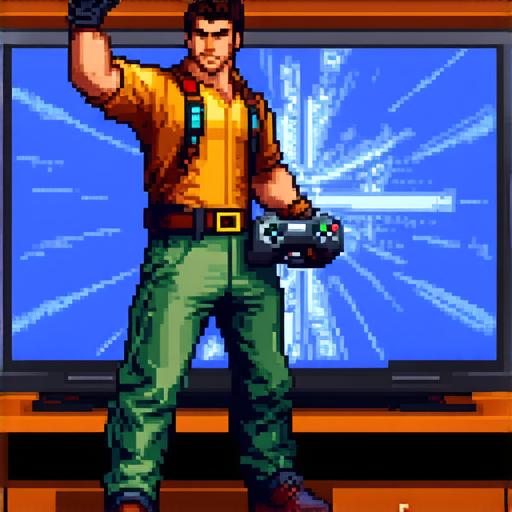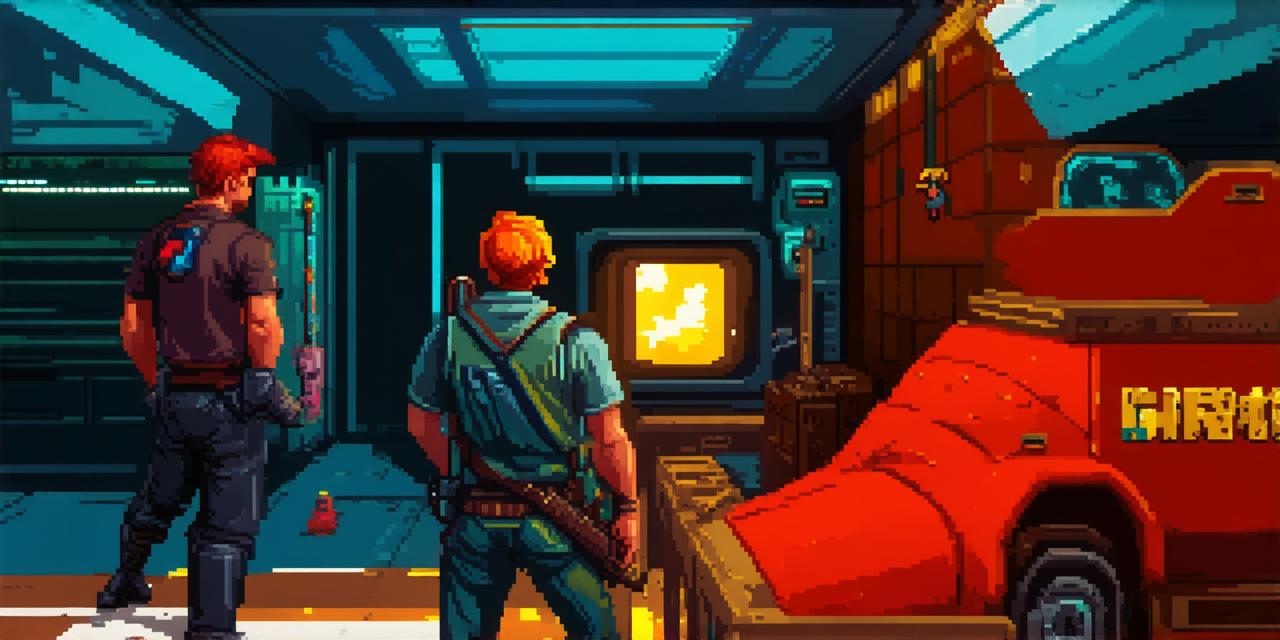Cutscenes are an essential part of game development as they allow developers to tell a story, convey important information, or add realism to the game world without disrupting the player’s experience. In this article, we will explore the importance of cutscenes in game development and discuss how to create engaging and memorable cutscenes that keep players coming back for more.
What are Cutscenes?
Cutscenes are pre-rendered sequences of images or videos that are inserted into a video game to tell a story, convey important information, or add realism to the game world. Cutscenes can range from short and simple animations to lengthy and complex sequences that span multiple screens or even entire levels. Cutscenes are typically triggered by specific events in the game, such as reaching a certain location or completing a quest.
Why are Cutscenes Important?
Cutscenes are important for several reasons. Firstly, they allow developers to create a sense of immersion and engagement for players. By showing players what is happening in the world around them, cutscenes can help to flesh out the characters and their motivations, as well as provide context for the player’s actions. Cutscenes can also add a sense of realism to the game world, making it feel more like a living, breathing place.
Secondly, cutscenes can be used to convey important information to the player without interrupting their gameplay. For example, cutscenes can be used to explain the backstory of the game or provide context for the current situation. Cutscenes can also be used to introduce new characters or enemies, as well as reveal important plot twists or endings.
Finally, cutscenes can be used to add emotional depth to the story. By using memorable lines and iconic scenes, cutscenes can leave a lasting impression on players and help to create an emotional connection to the characters and their journey.
Creating Engaging Cutscenes
To create engaging and memorable cutscenes, developers need to consider several factors, including the length of the cutscene, the pacing of the action, and the emotional impact of the scene. Here are some tips for creating effective cutscenes:
-
Keep it Short and Sweet
-
Use Pacing to Your Advantage
-
Make it Memorable
-
Use Visual Interest
-
Tell a Story
While longer cutscenes can be more immersive, they can also be overwhelming for players. As a general rule, cutscenes should be kept as short as possible while still conveying the necessary information. Developers should aim to keep cutscenes under 5-10 minutes in length, with shorter scenes being preferable.
Pacing is crucial when it comes to creating engaging cutscenes. Developers should use a mix of fast-paced action and slower, more emotional moments to create a sense of tension and release. Slower moments can be used to build anticipation or reveal important information, while faster moments can be used to create a sense of urgency or excitement.
To make cutscenes memorable, developers should use iconic lines, emotional moments, and other elements that leave a lasting impression on players. For example, the “Avalanche” cutscene from Final Fantasy VII is one of the most famous and memorable cutscenes in gaming history due to its epic battle sequence, emotional moments, and iconic lines.
Visual interest is another important factor when creating engaging cutscenes. Developers should use a mix of different visual styles and techniques to create a sense of depth and realism. This can include using 3D models, animation, live-action footage, or other techniques to create a more immersive experience for players.

Finally, cutscenes should be used to tell a story. Developers should focus on creating a narrative that is engaging and emotionally resonant, as well as providing context for the player’s actions.
